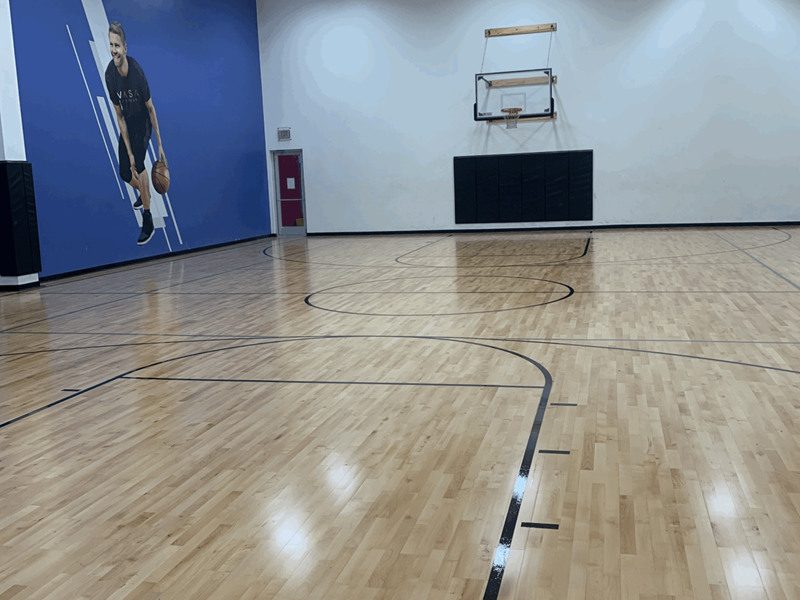The environmental impact of indoor sports wood flooring is an important consideration for sports venues looking to reduce their carbon footprint and promote sustainability. Here's how indoor sports wood flooring can be both eco-friendly and high-performing.
First and foremost, wood is a renewable resource that can be sustainably harvested and processed. Unlike concrete or other synthetic materials, wood does not require large amounts of energy to produce and can be recycled or repurposed at the end of its lifespan. This makes indoor sports wood flooring a more environmentally friendly choice than many other types of flooring.
Additionally, many manufacturers offer eco-friendly finishes and adhesives that further reduce the flooring's environmental impact. These finishes and adhesives are made from natural or low-VOC (volatile organic compound) materials that are safer for the environment and for athletes. By choosing eco-friendly finishes and adhesives, sports venues can reduce their exposure to harmful chemicals and promote a healthier playing environment.
Another way that indoor sports wood flooring can be eco-friendly is through its durability and longevity. High-quality indoor sports wood flooring can last for decades with proper maintenance and refinishing, reducing the need for frequent replacements. This not only saves money in the long run but also reduces the amount of waste generated by sports venues.
Furthermore, indoor sports wood flooring can be recycled or repurposed at the end of its lifespan. Old flooring can be donated to schools or community centers, or it can be broken down and used for other purposes such as furniture or decorative elements. This helps to reduce the amount of waste sent to landfills and promotes a circular economy.

Leave a Reply